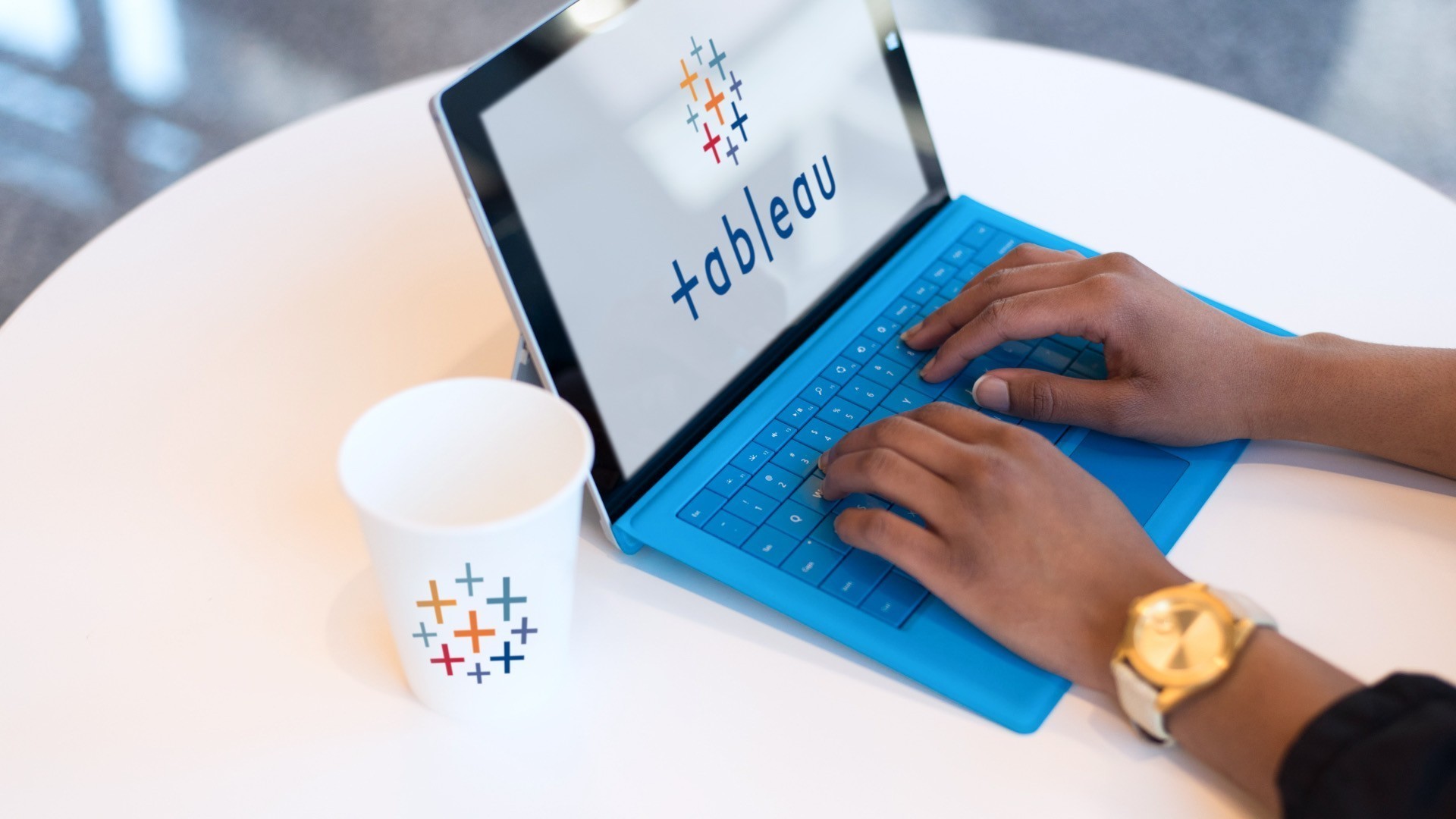

She remains a respected analyst in the data visualization community and is a regular contributor to several industry publications as well as a speaker at conferences worldwide.

Her tool-agnostic approach has been successfully implemented at a variety of organizations across several industries and with multiple visualization technologies, including Tableau, Qlik, and GoodData. She also developed the methodology for the Data Visualization Competency Center (DVCC), a framework for helping data-driven organizations to effectively implement data visualization for enterprise-wide visual data analysis and communication. In this role Lindy led Radiant’s analyst activities in the confluence of data discovery, visualization, and visual analytics. She specializes in translating raw data into insightful stories through carefully curated visuals and engaging narrative frameworks.īefore joining academia, Lindy was the Research Director for research and advisory firm Radiant Advisors from 2011 through 2016. Lindy Ryan is passionate about telling stories with data. Step 2 Layer Information for Understanding 227 Step 1 Find Data That Supports Your Story 226 Reshaping Survey Data with Tableau 10 156Ĭhapter 8 Storyboarding Frame by Frame 167Īct One: Demographic Dashboard and Key Question 185Īct Two: Questioning Character Aggression 187Ĭhapter 9 Advanced Storytelling Charts 191įive Steps to Visual Data Storytelling 226 Step 3: Creating the Meta Helper File 153 Using Small Personal Data for Big Stories 23Ĭhapter 3 Getting Started with Tableau 33Ĭonnecting to Multiple Tables with Joins 42Ĭhapter 4 Importance of Context in Storytelling 51Įxploratory versus Explanatory Analysis 56Ĭhapter 6 Curating Visuals for Your Audience 107įormatting Grid Lines, Zero Lines, and Drop Lines 128Ĭhapter 7 Preparing Data for Storytelling 143īasic Data Prep in Tableau: Data Interpreter 144



 0 kommentar(er)
0 kommentar(er)
